Stem cell therapy
WHAT ARE STEM CELLS?
Stem cells (SC) are multipotent cells. In a certain environment, they have the ability to self-regenerate and differentiate according to certain functions. According to the body's natural mechanism, when any cell or tissue is damaged, stem cells will automatically concentrate and move to that location to heal and restore the damage.
Stem Cell Technology brings outstanding value to the “Regenerative Medicine Technology” industry, with the ability to regenerate, replace, and repair defective cells and damaged cells. Stem cells are isolated and cultured in vitro to create healthy cells and then reintroduced into the body of the person from whom the sample was taken. By this method, new cells will replace and repair damaged or dead cells.

STEM CELL THERAPY APPLICATIONS
Cell regeneration technology
Homing Effect: New cells gravitate toward damaged areas
Cell transplantation
Promote healthy cell growth Replace, repair. Damaged cells
Autologous stem cell immunotherapy
Is the ability to differentiate into many different types of cells that make up the body, such as bones, muscles, skin, hair follicles, blood vessels, nerve cells, liver and pancreas, etc.
STEM CELL CHARACTERISTICS

Feature 1: Differentiation feature
Cells maintain function by undergoing symmetric and asymmetric division.

Feature 2: Versatility
Cells have the ability to differentiate into many types of cells. Including: unipotent cells, multipotent cells, pluripotent cells,

Feature 3: Low autoimmunity
Stem cells are primitive cells that have not yet differentiated.

Feature 4: Compatibility
Compatible with different bodies.
USES OF STEM CELLS

Treatment of eye diseases:
In clinical studies and trials such as: macular degeneration, retinitis and optic nerve disorders. Stem cells have the ability to repair and replace eye tissue cells and restore vision and function to the eyes.

Treatment of lung and respiratory diseases:
Perform autologous stem cell treatment for asthma, bronchitis, emphysema causing heart rhythm disorders.

Treatment of kidney disease:
Basic studies have shown that stem cells have the ability to differentiate into kidney-specific cells and renal parenchymal cells. Therefore, transplanted stem cells will successfully repair, replace or regenerate and maintain kidney function.

Treatment of diseases related to the immune system:
Improve symptoms of immune-related diseases by using Stem Cells to regenerate the immune system, improve immune regulation of: liver disease, lupus erythematosus, rheumatoid arthritis and type 1 diabetes.

Cardiovascular disease:
Mainly atherosclerosis, vasculitis, vascular dysfunction, angiogenesis, myocardial infarction, etc. The most common is atherosclerosis.

Gynecological disorders:
Stem cells are one of the effective methods of treating infertility. Applied to some gynecological diseases: ovarian failure, endometrial damage.

Other:
Stem cells have the ability to repair, replace and improve the function of diseases of teeth, hair, skin wounds, endocrine disorders through the skin, and treat diseases of ectodermal function.
STEM CELLS FOR KNEE JOINTS
The knee is a complex and important part of the body but it also quickly degenerates over time.
At the knee joint, stem cells stimulate the mechanism of reducing inflammation, repairing damaged and degenerated cells... Next, they will regenerate and repair damaged cartilage or create a new cartilage cushion. In addition, stem cells at the knee joint also stimulate the production of synovial fluid for the joint to prevent dry joints and other common knee problems.
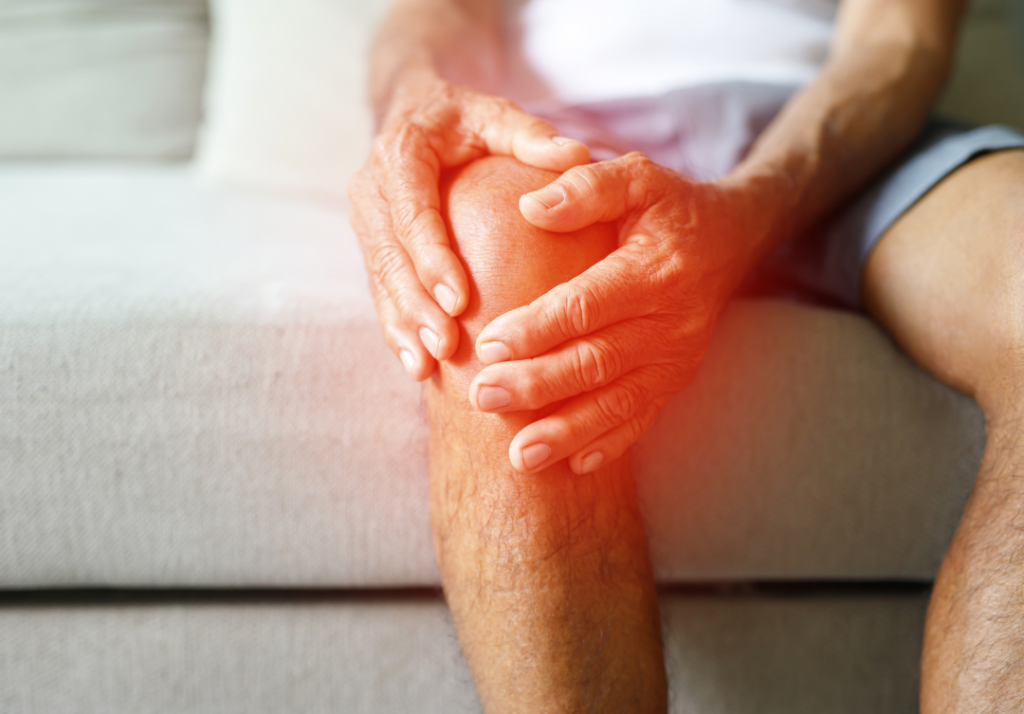
APPLICATION OF STEM CELLS IN BEAUTY
Aging of the body, the formation of wrinkles basically originates from the aging process and collagen loss. Aging and collagen loss are due to the aging process of stem cells. Stem cells are seed cells that have the function of regenerating different tissue cells of organs, and are also known as the "cell factory of the body". When stem cells age, the ability to regenerate and differentiate is significantly reduced. When new cells are not supplemented and aging cells are not replaced in time, the function of all organs in the body will be less effective and we will age day by day. The skin also loses its vitality and youth because of wrinkles caused by aging skin stem cells that do not have time to regenerate.
The principle of the Stem Cell aesthetic and beauty method is to inject specific types of cells (including stem cells and immune cells) to stimulate the body's "natural self-healing ability", supplement and replace damaged cells. By activating cell function, increasing the number of young cells, preventing and reducing cell damage, restoring function and improving skin diseases.

AUTOLOGOUS STEM CELL COLLECTION AND CULTURE PROCESS
Adipose tissue stem cells are extracted fat that is separated, purified, cultured and cloned, used as precursor cells for fibroblasts, injected into the subcutaneous epidermis, below the blood vessels. By repairing, replacing, bringing about effective, improved skin, erasing wrinkles and scars.






Fat synthesis

Patient
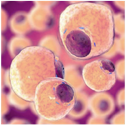
Harvesting stem cells from fat
Fresh cells are extracted from the body's own fat cells.
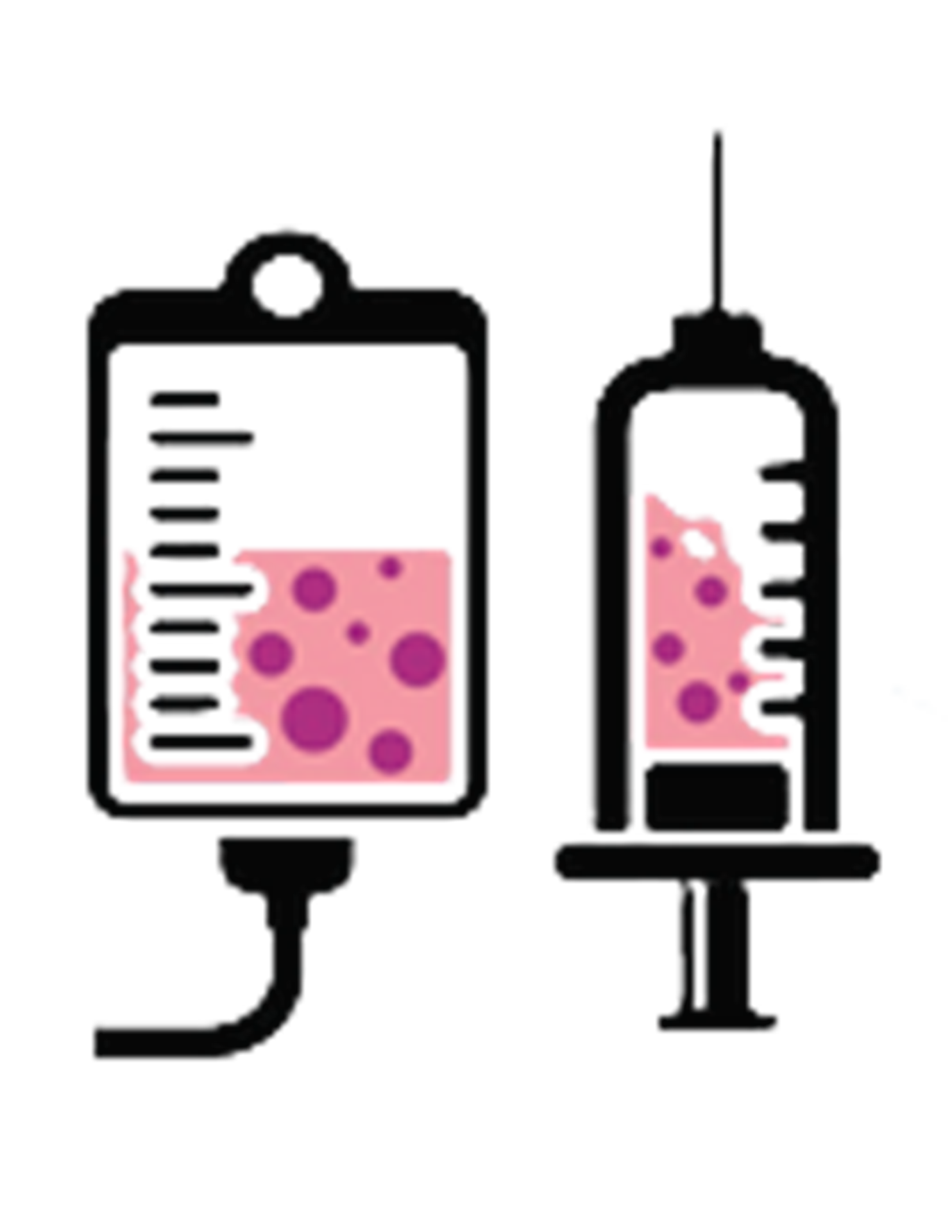
Intravenous drip/injection
After 4-5 weeks of culture, the cells are introduced into the body as an infusion within 2 hours.
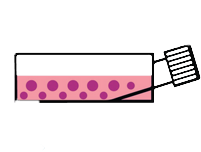
Stem Cell Culture
Cells are cultured in specialized media.
TRIP 1
The client underwent cell sampling (mesenchymal fat cells) in the area behind the ear which took about 30 minutes.
Performing cell sampling behind the ear will ensure better aesthetics than taking it from the umbilical cord area.

Customers schedule injections (infusions) at least 04 weeks before the 2nd trip to ensure stem cell culture time
TRIP 2
The client receives a drip or injection of selected and cultured stem cells from a previously collected cell sample.
The procedure takes a maximum of 2 hours and the client can resume normal activities immediately.
Reported cases of treatment with adipose-derived stem cells
- Cerebral infarction
- Concussion
- Spinal cord injury
- Multiple sclerosis
- Hypoxic ischemic encephalopathy
- Parkinson's disease
- Alzheimer's disease
- ALS (amyotrophic lateral sclerosis)
- Polio (infantile paralysis)
- Peripheral neuropathy
- Chronic pain
- Knee arthritis
- Tendon injury
- Arthritis
- Difficult to heal fracture
- Palmar and plantar pustules
- Atopic dermatitis
- Acne scars
- Vitiligo
- AGA (male pattern hair loss)
- Other hair loss
- Myocardial infarction, angina
- Arteriosclerosis
- Peripheral Arterial Disease
- Diabetes
- Chronic kidney disease
- Liver disease (hepatitis, cirrhosis, liver damage, etc.)
- Primary biliary cirrhosis
- Emphysema
- Pulmonary fibrosis
- Chronic obstructive pulmonary disease
- Autoimmune diseases (rheumatoid arthritis, systemic lupus erythematosus, etc.)
- GVHD (graft-versus-host disease)
- Female premenopausal disorders
- Male menopause disorders
- Prostate enlargement
- Erectile dysfunction
- Urinary incontinence
- Bone defects
- Osteoporosis
- Periodontal disease
- Post-breast cancer surgery (breast reconstruction)
- Breast augmentation
- Anti-aging treatment (skin rejuvenation, blood vessels, etc.)
- New coronavirus infection
- Sequelae after contracting the new coronavirus infection

Health Forecast
We provide a breakthrough solution to address aging concerns through advanced blood protein analysis. Our digital health service in Japan not only enables accurate detection and prediction of age-related conditions such as dementia, CKD, and various forms of stroke, but also prioritizes patient education for appropriate lifestyle changes. This technology aims to detect the possibility of future mortality so that customers can take early intervention and proactively prevent and protect their health to minimize the burden of disease and healthcare costs in the future.
Blood Purification
Blood purification therapy is an advanced treatment that helps prevent atherosclerosis, which can lead to strokes and heart attacks. It removes harmful substances from the blood and provides anti-aging benefits to blood vessels.

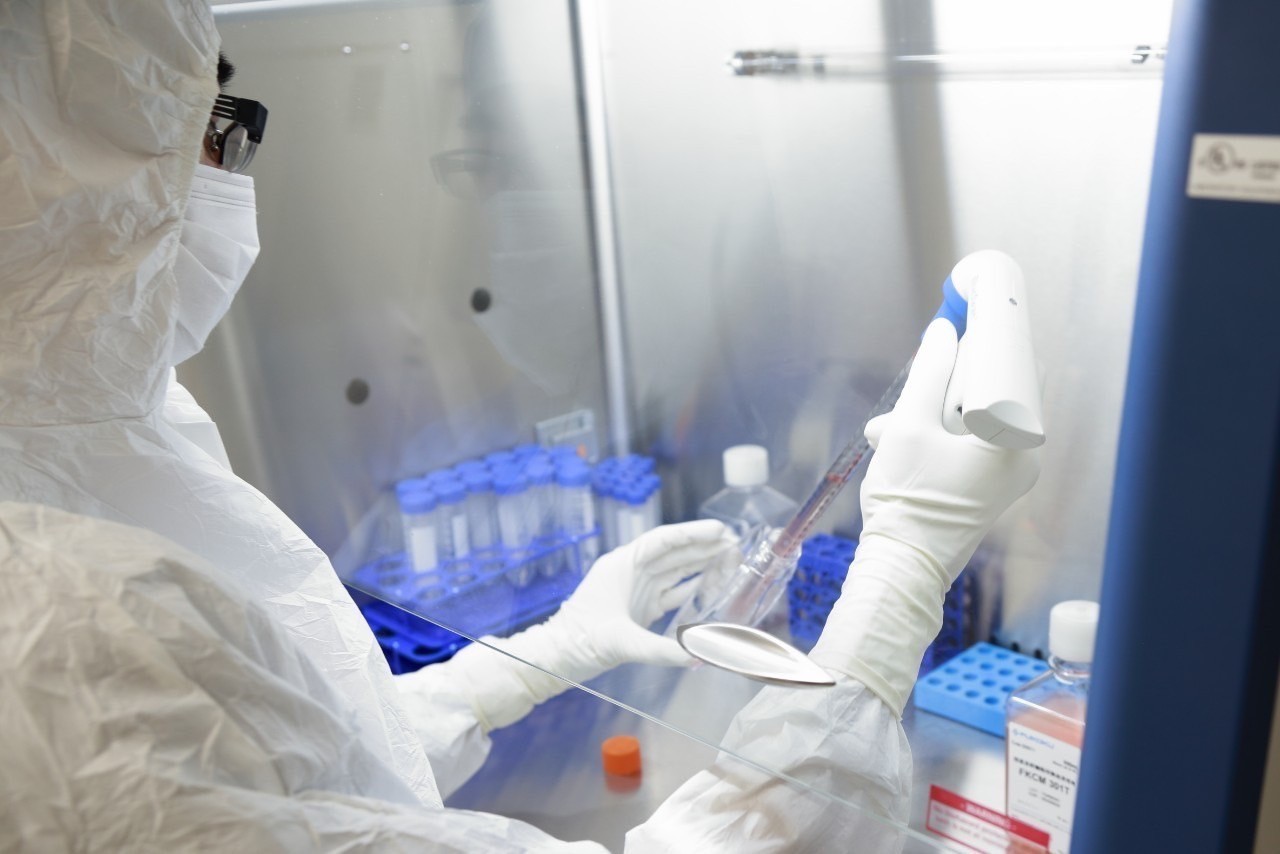
Exosomes Therapy
NMN (NAD+) Therapy
NMN (full name is Nicotinamide Mononucleotide, also known as NAD+ precursor) is a key intermediate in the synthesis of Nicotinamide Adenine Dinucleotide (NAD+) – an essential enzyme for maintaining various important functions of the cell. Including metabolism, DNA repair, growth stimulation and maintaining cell survival.

Frequently Asked Questions
What are stem cells? What are the properties of stem cells?
WHAT ARE STEM CELLS?
Stem cells (SC) are multipotent cells. In a certain environment, they have the ability to self-regenerate and differentiate according to certain functions. According to the body's natural mechanism, when any cell or tissue is damaged, stem cells will automatically concentrate and move to that location to heal and restore the damage.
Stem Cell Technology brings outstanding value to the “Regenerative Medicine Technology” industry, with the ability to regenerate, replace, and repair defective and damaged cells. Stem cells are isolated and cultured in vitro to create healthy cells and then reinjected into the body.
human body is sampled. By this method, new cells will replace and repair damaged or dead cells. Therefore, Stem Cell Medical Technology is being used to treat incurable and dangerous diseases.
STEM CELL CHARACTERISTICS
- Feature 1: Differentiation feature (Cells maintain function by undergoing symmetric and asymmetric division.)
- Feature 2: Multi-functionality( Cells have the ability to differentiate into many types of cells. Including: unipotent cells, multipotent cells, and multipotent cells.)
- Feature 3: Low autoimmunity( Stem cells are primitive cells that have not yet differentiated.)
- Feature 4: Compatibility( Compatible with different bodies.)
What are the uses of stem cells?
Treatment of eye diseases:
In clinical studies and trials such as: macular degeneration, retinitis and optic nerve disorders.
Stem cells have the ability to repair and replace eye tissue cells and restore vision and function to the eyes.
Treatment of lung and respiratory diseases:
Perform autologous stem cell treatment for asthma, bronchitis, emphysema causing heart rhythm disorders.
Treatment of kidney disease:
Basic studies have shown that stem cells have the ability to differentiate differentiate into kidney-specific cells and renal parenchymal cells.
Therefore, the transplanted stem cells will successfully repair, replace or regenerate the kidney to maintain its working function.
Treatment of diseases related to the immune system:
Improve symptoms of immune-related diseases by using Stem Cells to regenerate the immune system, improve immune regulation of: liver disease, lupus erythematosus, rheumatoid arthritis and type 1 diabetes.
Cardiovascular disease:
Mainly atherosclerosis, vasculitis, vascular dysfunction, angiogenesis, myocardial infarction, etc. The most common is atherosclerosis.
Gynecological disorders:
Stem cells are one of the effective methods of treating infertility. Applied to some gynecological diseases: ovarian failure, endometrial damage.
Other:
Stem cells have the ability to repair, replace and improve the function of diseases of teeth, hair, skin wounds, endocrine disorders through the skin, and treat diseases of ectodermal function.
Stem cell sampling and culture process?
Adipose tissue stem cells are extracted fat that is separated, purified, cultured and cloned, used as precursor cells for fibroblasts, injected into the subcutaneous epidermis, below the blood vessels. By repairing, replacing, bringing about effective, improved skin, erasing wrinkles and scars.
TRIP 1
The client underwent cell sampling (mesenchymal fat cells) in the area behind the ear which took about 30 minutes.
Performing cell sampling behind the ear will ensure better aesthetics than taking it from the umbilical cord area.
TRIP 2
The client injects the selected stem cells into the body by drip or injection.
cultured from previously collected cell samples.
The procedure takes a maximum of 2 hours and the client can resume normal activities immediately.
Why should you choose Riso Clinic to provide stem cell services?
No. Stem cell therapy is an advanced technology, and facilities providing stem cell therapy must meet strict standards set by the Japanese government and must be licensed to operate. Riso Clinic is a regenerative medicine provider officially certified by the Ministry of Health, Labor and Welfare of Japan.
How many stem cells will be injected per treatment? Is there a limit?
In one treatment, you can get between 100 million and 200 million cells at a time. It can be injected intravenously, injected into the face and knees at the same time. In such cases, up to 200 million cells can be injected into each area.

